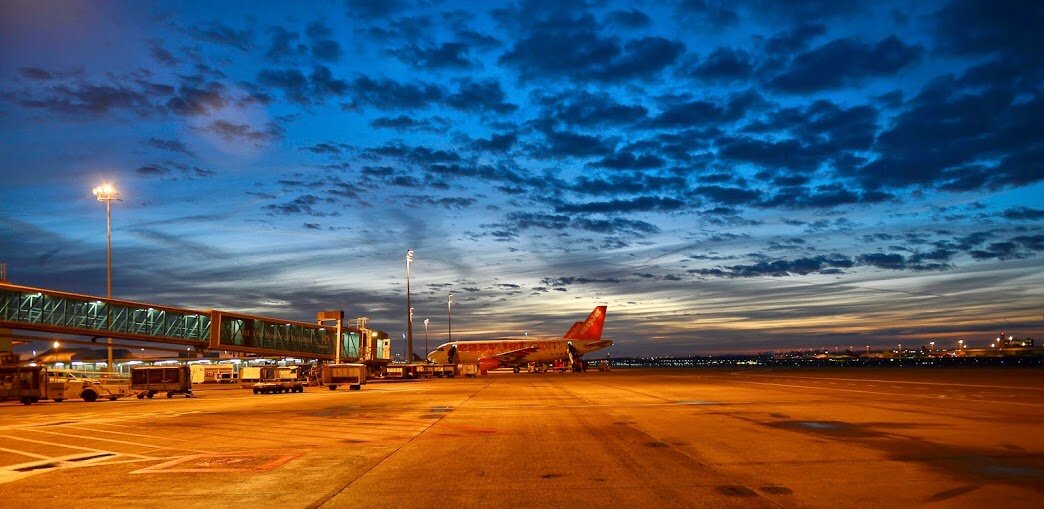Published Articles

Public Private Partnership (PPP): How to Get to Transaction Close
In my first article Public Private Partnership (PPP): What You Need to Know, I explained the role of Public Private Partnerships (PPP) and their significance in the development of airports. The activity involves consolidating numerous variables, and disparate interests and motivations into a single working framework i.e. the Airport Master Plan. In this article, I will outline the process that enables these variables to be rationalised and how the PPP mechanism is kick-started.[1]

Public Private Partnership (PPP): What You Need to Know
Airports that are well and professionally-run generally present themselves as attractive assets. They become even more valuable if they can also make business sense and demonstrate profitability as operational enterprises in their own right.
Being both operationally efficient and profitable is an enviable state for a modern airport to be in; where operational capacities are in equilibrium with profit generation; where there is sufficient plough-back potential to make the airport asset self-sustaining and viable as a going-concern. In the context of an airport, this self-sustainability exemplifies “value”; it demonstrates continuity and an airport’s ability to catalyse the local economic multiplier.

Introduction to Airport Planning: The Master Plan
On January 1st, 1914. Abram Pheil became the 1st scheduled passenger in aviation history when he travelled between St. Petersburg and Tampa on a two-seater: Benoist XIV. More than 100 years have passed since, and aviation has bloomed as a whole new industry that connects and globalizes the world. According to ICAO, by 2010 there were more than 25,000,000 aircraft movements around the world transporting around 2.8 billion passengers. Certainly a leap compared to 1914. And it keeps on going.Aviation has constantly grown twofold every 15 years, indicating that by 2030, there will be around 6 billion passengers transported through air in the world. As aircrafts become larger, deregulation worldwide increases, and aircraft numbers climb across; there is a big question mark left to answer: How do airports adapt to all this growth?
